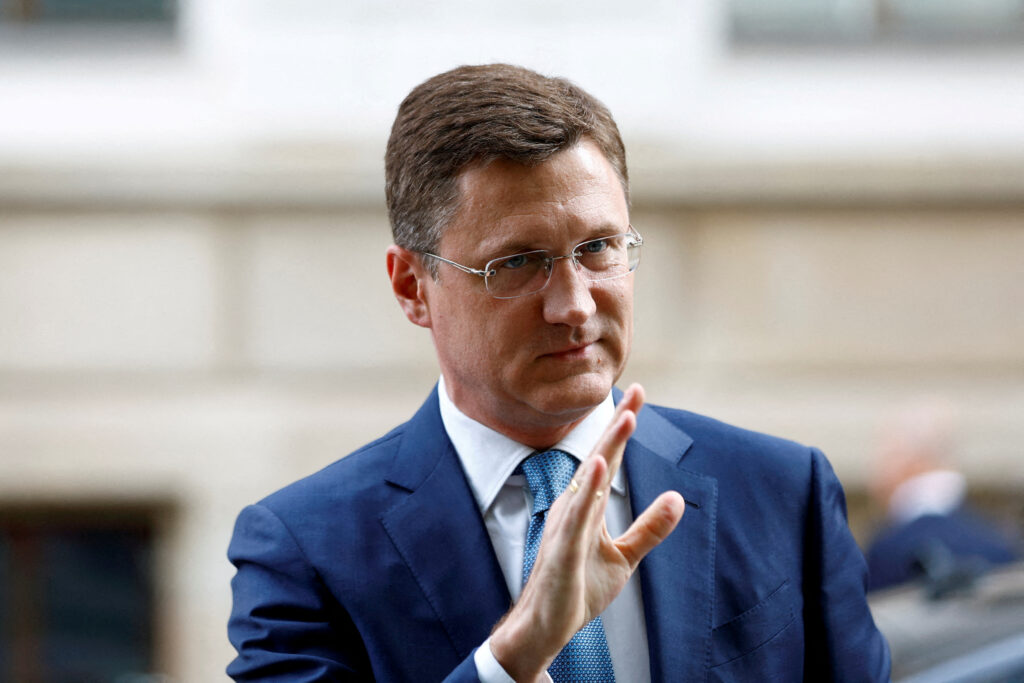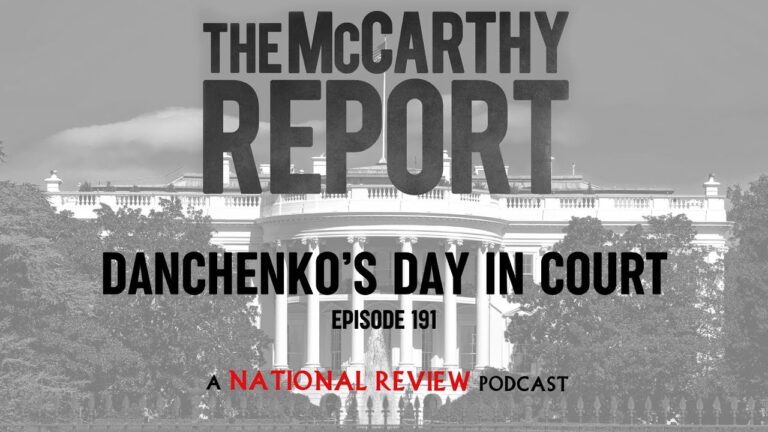
Introduction
The role of the Deputy Prime Minister in Canada is crucial in the functioning of the federal government. As the second-in-command within the executive branch, the Deputy Prime Minister assists the Prime Minister in various duties and is often the face of the government in the absence of the PM. This position not only adds an important layer of support for the Prime Minister but also serves as a vital link between different political factions within the country.
Current Context
The position of Deputy Prime Minister gained renewed attention in recent weeks following the departure of key cabinet members and shifts in policy direction within the ruling party. Recently, Deputy Prime Minister Chrystia Freeland has stepped into the limelight amid ongoing discussions regarding Canada’s economic recovery post-COVID-19 and the federal government’s strategy to address inflation. Freeland’s dual role as Minister of Finance further emphasizes her importance in shaping economic policies.
As Canada faces challenges such as rising living costs and potential recession concerns, Freeland’s responsibilities grow even further. She is tasked with leading discussions on budget allocations, economic stimulus measures, and balancing fiscal responsibility with growth initiatives. Among her recent endeavors, Freeland has highlighted the necessity for increased investment in manufacturing and technology to bolster job creation.
Significant Events
A recent meeting of the cabinet focused on collaborative efforts to improve housing accessibility, with Freeland advocating for partnerships between federal and provincial governments. Her push for multi-faceted solutions reflects her emphasis on collective action in addressing national concerns. Additionally, Freeland’s participation in international forums represents Canada’s stance on global economic stability, showcasing her role in diplomacy alongside her domestic obligations.
Conclusion
The Deputy Prime Minister of Canada holds significant influence, not only within the cabinet but also in national governance. As Chrystia Freeland continues to navigate the complexities of economic recovery and domestic policy, the role of the Deputy Prime Minister will likely evolve further in response to the country’s needs. Moving forward, understanding the responsibilities and the impact of the Deputy Prime Minister will be crucial, as the government seeks effective solutions to pressing issues affecting Canadians. The Deputy PM’s ability to foster collaboration between various stakeholders will be essential for the government’s success in the upcoming years.


